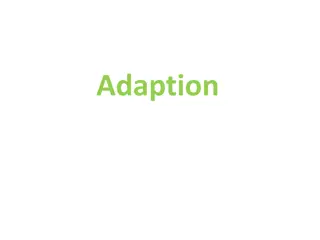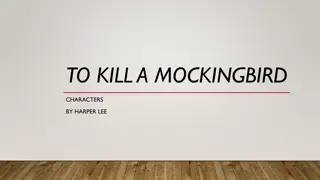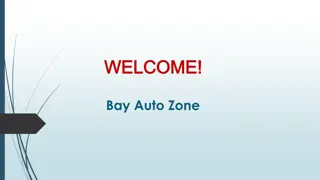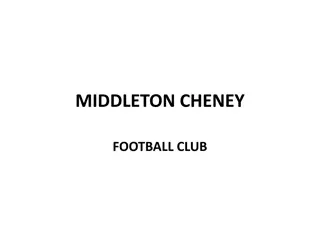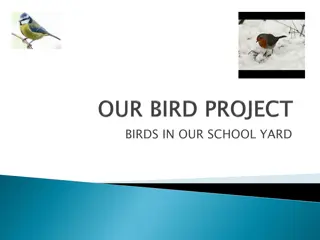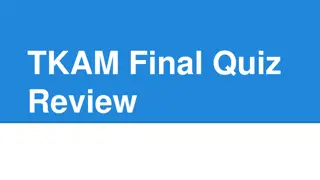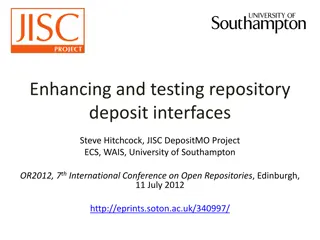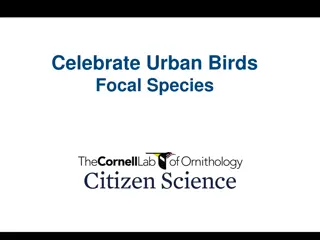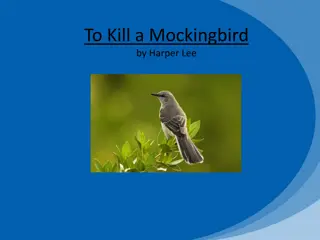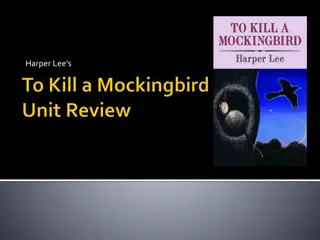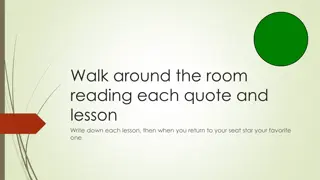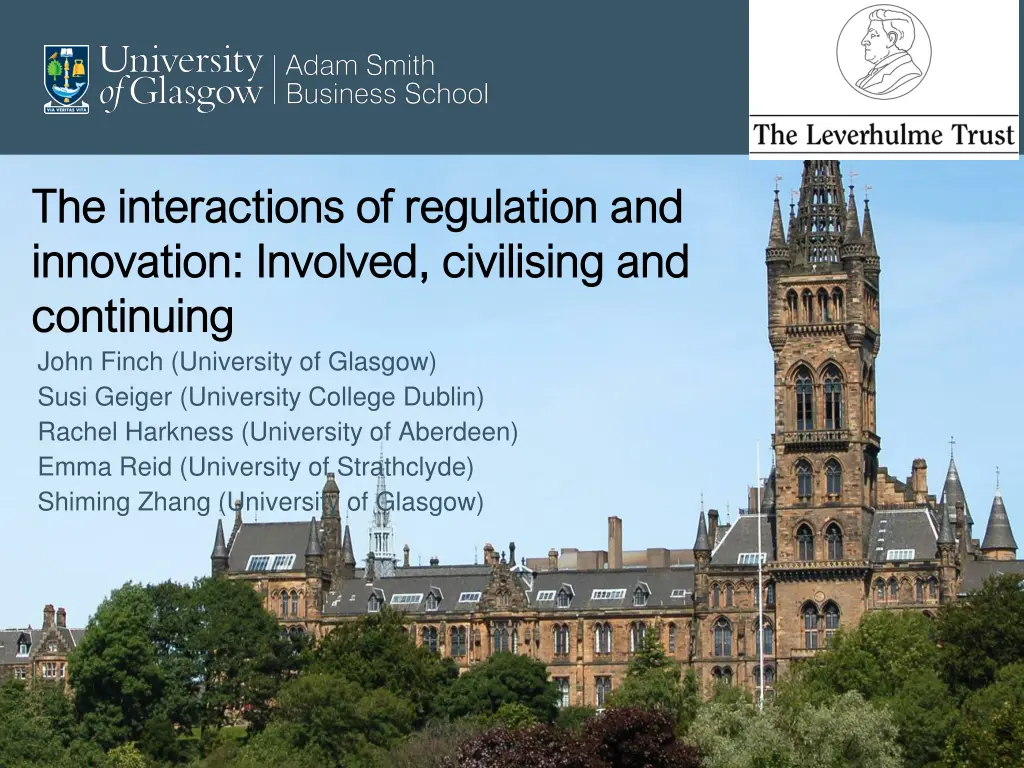
Understanding Regulation and Innovation Interactions in Business Models
Explore the intricate dynamics between regulation and innovation within business models through narratives, calculations, and empirical evidence. Delve into the complexities of circulations of values, hazard management, and competitive advantage for a comprehensive perspective on driving sustainable growth in various industries.
Download Presentation

Please find below an Image/Link to download the presentation.
The content on the website is provided AS IS for your information and personal use only. It may not be sold, licensed, or shared on other websites without obtaining consent from the author. If you encounter any issues during the download, it is possible that the publisher has removed the file from their server.
You are allowed to download the files provided on this website for personal or commercial use, subject to the condition that they are used lawfully. All files are the property of their respective owners.
The content on the website is provided AS IS for your information and personal use only. It may not be sold, licensed, or shared on other websites without obtaining consent from the author.
E N D
Presentation Transcript
The interactions of regulation and The interactions of regulation and innovation: Involved, civilising and innovation: Involved, civilising and continuing continuing John Finch (University of Glasgow) Susi Geiger (University College Dublin) Rachel Harkness (University of Aberdeen) Emma Reid (University of Strathclyde) Shiming Zhang (University of Glasgow)
Outline Narrative & calculation Services for whom & how? Regulation - chemistry & hazard Types of circulation, mainly contested 2
Narrative & calculation Doganova & Eyquem-Renault (2009) Business Model as market, marketing-making & marketing device (1) Value proposition (embedded) (2) Architecture (3) Revenue model Public, documented, multiple, pragmatic with different, overlapping sets of others Scrutiny, accountability - promissory? (Williams & Pollock, 2010) Prospective, reasons for others to join in - civilizing (Callon, 2009) Enrolment, commitment 3
Narrative Making, formatting, publicising, sense-making & giving about an event, a series of events (In connecting with a Business Model's agency) Multiple, not infinite, medium-term futures because .... Stories, reasons, explanations of recent commitments 4
Calculation Framing & overflowing Circulations of values Business Model (socio-material) as framing device (agency) As a claim as to what should be taken into account 5
Question Connections between business model, agency & competitive advantage 6
Empirical - CHARM Production chemistry in upstream petroleum industry Asset integrity, flow assurance, maturity, oil in produced water OSPAR & REACH Hazard, precaution, risk, in-the-wild 7
Hazard Providing a method for a singular, unified ranking of chemicals in terms of hazard Attaching a quality to chemical to be used offshore Identifying candidates for substitution orders Motivating R&D programs Biodegradation, persistence, toxicity 8
Precaution Mobilised, Business Model in interests of marine ecosystem Hazard attributed uniquely to chemicals Procedures to control for interactions - framing Seawater, seabed, installation, chemical-by-chemical 9
Risk Commercial interests propose alternative measures of hazard Risk, showing hazard as interaction of chemical in use, as a multi-component product taking into account local conditions Anticipated in modules 3 & 4 of CHARM How much R&D do we need to undertake? 10
In-the-wild Applied chemistry in different labs Chemistry challenges Field trials, squeeze tests Dynamic production systems, often in maturity Interactions among treatments 11
Chemical Management Service contracts How to offer & acquire innovative capability? Different ways of distinguishing chemicals, chemical services & logistics Compliance, substitution, work-plans, quarterly review meetings, scorecards Documented, less publicly, between chemical companies & oil companies 12
Overlapping Business Models Narrative Calculation Agency Product qualities, R&D program CHARM Precaution, risk Hazard, ranking Tendering, chemistry challenge, score card Work programs on assets, articulations of value Innovation, science, technology CMS Identifying, diagnosing, solving production & asset problems Project risk - producer & user perspectives Applied science, economised at different locations Chemistry company 13
Competitive advantage Business Model as (market, marketing-making, marketing) device Circulation, critical assessments among interested & informed others Enrolling: suppliers, customers, regulators - all of whom make co-investments, undertake co-branding 14






